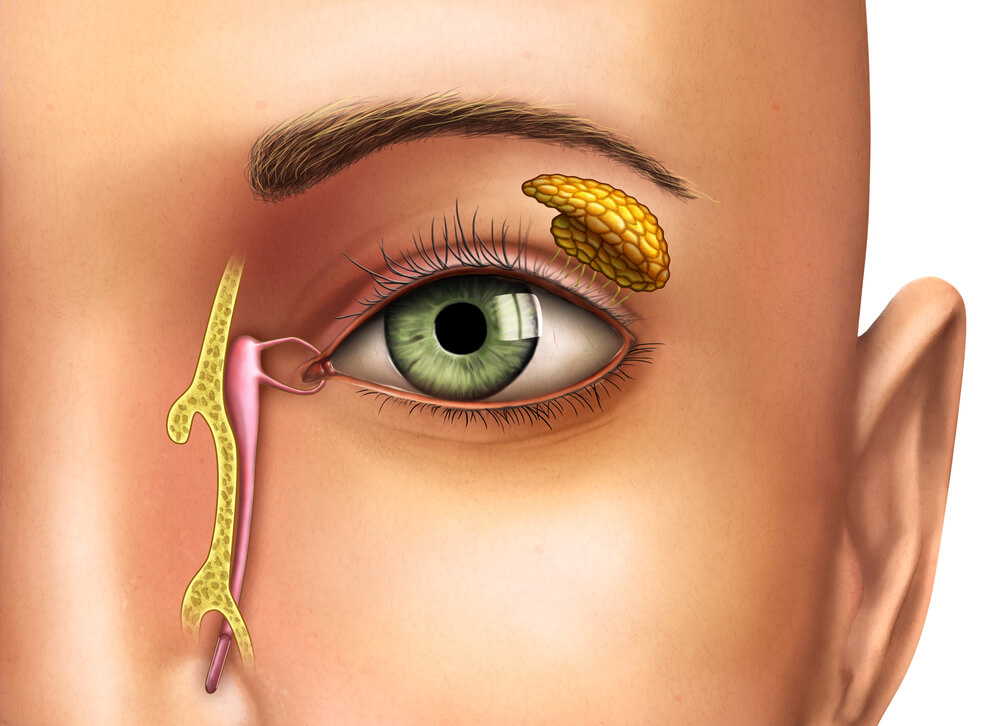Tear Duct Disorders and Treatments
The eye’s tear ducts, also called the nasolacrimal ducts, are small tubes that stretch from the outside of the eye into the nose. They are responsible for carrying tears away from the eyes into the nasal cavity, where they naturally are absorbed or eventually swallowed. An obstructed tear duct can cause problems such as excessive tearing and eye infections. It can be present at birth or acquired through infection, inflammation or eye diseases. In some cases, an obstructed tear duct can also be age-related or a result of a physical injury to the eye.
Delray Eye Associates, P.A. is proud to have Dr. Jan Kronish providing various orbital disorder treatments for our patients.

Courtesy of the American Academy of Ophthalmology
Types of Tear Duct Disorders
- Congenital nasolacrimal duct obstruction is blockage of a tear duct that has failed to open properly at birth. It occurs in about 6 percent of infants and is characterized by persistent watery eyes or discharge. Although most cases of congenital nasolacrimal duct obstruction resolve with time, some may lead to infections and other complications.
- Acquired nasolacrimal duct obstruction is blockage of a tear duct that typically develops in adulthood. There are two types: primary and secondary. Primary acquired duct obstruction occurs for no apparent reason. Secondary acquired duct obstruction is often the result of an acute underlying eye condition such as a cyst, tumor, inflammation, physical injury or nasal and sinus disease.
- Dacryocystitis is an acute infection of the nasolacrimal sac that is generally caused by a nasolacrimal duct obstruction. It is associated with swelling, pain and redness, and when left untreated may lead to eye infections.
- Punctal stenosis occurs when the puncta (small openings along the eyelid margin through which the tears drain) are abnormally narrow. This usually leads to excessive tearing and secondary blurred vision. Successful treatment is often achieved with a minor office procedure to enlarge the tear duct openings.
- Lacrimal gland and lacrimal sac tumors are rare and complex medical conditions that can be life-threatening when not promptly diagnosed and treated. Several different types of tumors can affect the eye’s tear gland, and some are more serious than others. Tear duct tumors can spread and affect several structures of the eye and, in some cases, may lead to severe facial deformities.
Delray Eye Associates, P.A. is staffed with a board-certified pediatric ophthalmologist and oculoplastic surgeon who provides comprehensive, multidisciplinary care to our patients who suffer from tear duct disorders.
To schedule your eye exam or learn more about your treatment options at Delray Eye Associates, P.A., please call us today at (561) 498-8100 or (561) 734-0267.
